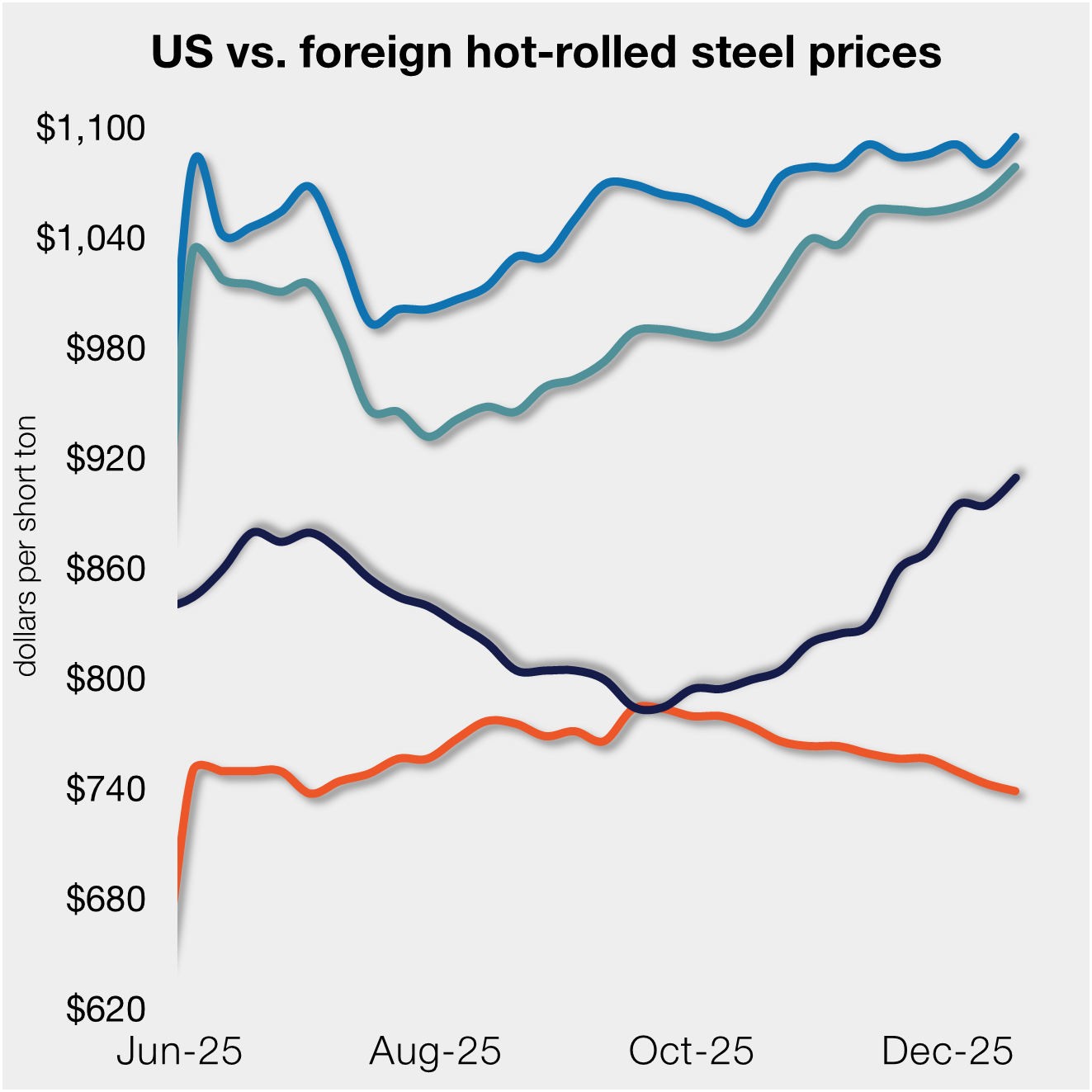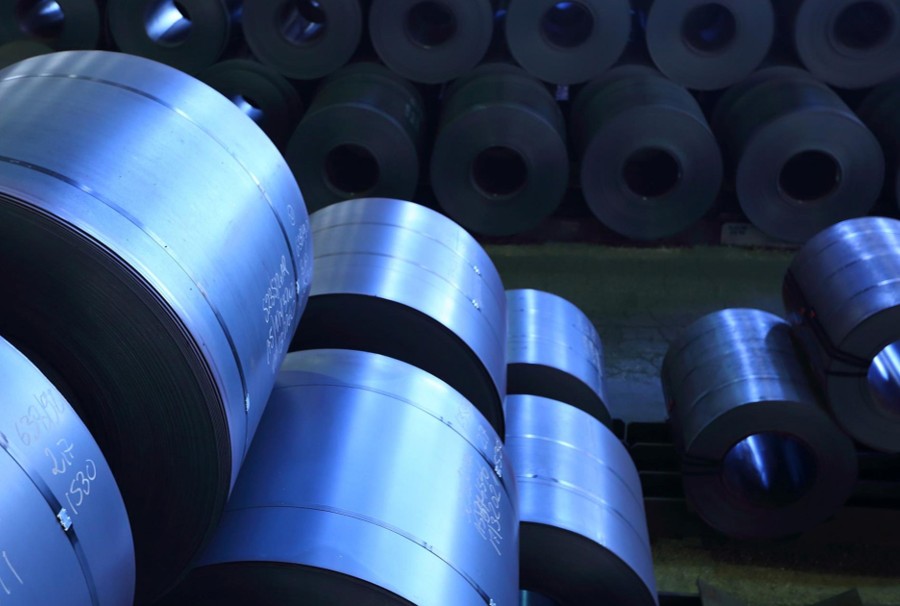Market Data

September 26, 2024
DOE set to measure GHG intensity of industrial products, including steel
Written by Ethan Bernard
The US Department of Energy (DOE) is launching a pilot project to measure the greenhouse gas (GHG) intensity of certain energy-intensive industrial products, including steel.
The White House Task Force on Climate, Trade, and Industrial Competitiveness will work with Congress, stakeholders, and trade partners to develop GHG-intensity measurement tools and approaches for certain items.
Additionally, DOE will support this work by combining data from existing sources to help build accurate statistics on the GHG intensity of certain products, among which will be steel items. They will start with domestically produced items and then tackle international products.
“Together with our international partners, the US will significantly reduce emissions in our industrial supply chains while supporting competitive clean manufacturing,” DOE Deputy Secretary David M. Turk said in a statement on Wednesday.
The DOE said the program will “bolster the Biden-Harris administration’s climate goals by helping to track and propel progress in cutting industrial emissions while supporting the competitiveness of clean manufacturing.”
“We’re now making progress in building the data infrastructure we need to accelerate this clean manufacturing strategy,” US National Climate Advisor Ali Zaidi commented.
The department said stakeholders will be invited to learn more at an upcoming webinar later in the year.
Steel trade groups laud decision
The Steel Manufacturers Association (SMA) and the American Iron and Steel Institute (AISI) cheered the DOE’s announcement.
SMA President Philip K. Bell noted that the association’s members make the lowest-emission steel in the world.
“We look forward to working with the administration to develop tools that demonstrate our dramatic emissions advantage and then use those tools to support American workers and our domestic steel industry,” he said.
Another goal is encouraging other countries to decarbonize their steel industry, “like we have done in the US,” Bell added.
AISI President and CEO Kevin Dempsey also welcomed the announcement and highlighted the low emissions of the US steel industry.
However, he said the domestic industry’s investments in decarbonization “will be put at risk if countries that produce steel with higher GHG emissions are allowed to undercut cleaner American steel products.”
Likewise, he also said AISI looks forward to continuing to work with the administration to “ensure and enhance the competitiveness of the American steel industry and the manufacturing sector as a whole.”







